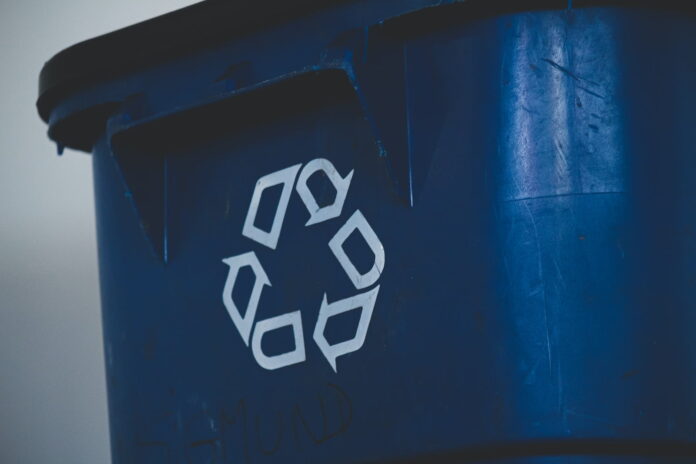In recent years, the push for sustainable living has brought eco-packaging to the forefront of consumer consciousness. With a heightened awareness of the environmental impact of traditional packaging materials, significant research and development efforts have been directed towards finding viable, biodegradable solutions.
Innovative Materials in Packaging
The quest for eco-friendly packaging has led to the discovery and utilisation of a variety of innovative materials. Among them, plant-based options have gained popularity due to their renewable nature and reduced carbon footprint. Materials such as cornstarch and mushroom roots have emerged as promising alternatives to petroleum-based plastics. Cornstarch packaging, for instance, is both biodegradable and compostable, breaking down into natural elements under appropriate composting conditions without leaving toxic residue. Similarly, mycelium – the root structure of mushrooms – has been harnessed to create packaging that can be grown into custom shapes and sizes, offering a compostable solution that also provides excellent cushioning.
Another breakthrough in eco-packaging materials is the development of bioplastics made from natural polymers. These bioplastics are designed to degrade more easily than traditional plastics and can be produced from various sources, including algae, cellulose, and even waste materials like discarded shrimp shells. Innovations in this area are continuously improving the performance and cost-effectiveness of bioplastics, making them a more attractive option for businesses looking to reduce their environmental impact.
Advancing Biodegradability
Advancements in biodegradability are at the heart of eco-packaging breakthroughs. Researchers are constantly working on enhancing the decomposition rate of biodegradable materials so that they can return to the earth swiftly and safely. Enzyme engineering, for example, has paved the way for the creation of packaging materials that contain enzymes which actively facilitate their own breakdown once exposed to certain environmental conditions.
Another significant development is the refinement of biodegradation standards and certification processes, which ensure that materials marketed as biodegradable meet strict criteria for breaking down in the environment. This includes specifying the appropriate disposal conditions, such as industrial composting or home composting, and the expected time frame for complete decomposition. By setting these standards, consumers can be more confident in the eco-credentials of the packaging they encounter, and manufacturers are incentivized to invest in genuinely sustainable packaging solutions.
Future of Eco-Packaging Design
Looking towards the future, the design of eco-packaging is likely to evolve in response to both technological innovation and changing consumer preferences. We can expect to see a more holistic approach to packaging design, where the entire lifecycle of the product is considered – from sourcing and manufacturing to disposal and beyond. This may lead to an increase in the use of modular and multi-use packaging, designed for extended life and multiple functions, thereby reducing the need for single-use solutions.
As digital technology integrates further into our daily lives, smart packaging is set to become more prevalent. Smart eco-packaging can include features such as embedded sensors that provide information on the freshness of food or the recyclability of the package. The data collected from these technologies can also help in making supply chains more efficient and reducing waste. Coupled with a continued emphasis on minimalist design and the use of eco-friendly inks and adhesives, the future of eco-packaging design is poised to be as innovative as it is environmentally responsible.
The journey towards sustainable packaging is one that encompasses innovation, commitment, and a vision for a greener planet. As we witness the growth of biodegradable solutions in the packaging industry, it is clear that the combination of innovative materials, advancements in biodegradability, and forward-thinking design principles are crucial to this transformation. With ongoing research and development, along with increasing consumer demand for environmentally friendly products, the future of eco-packaging looks bright, promising a world where packaging leaves a positive impact on both the market and the environment.
